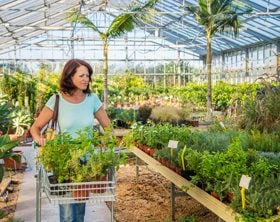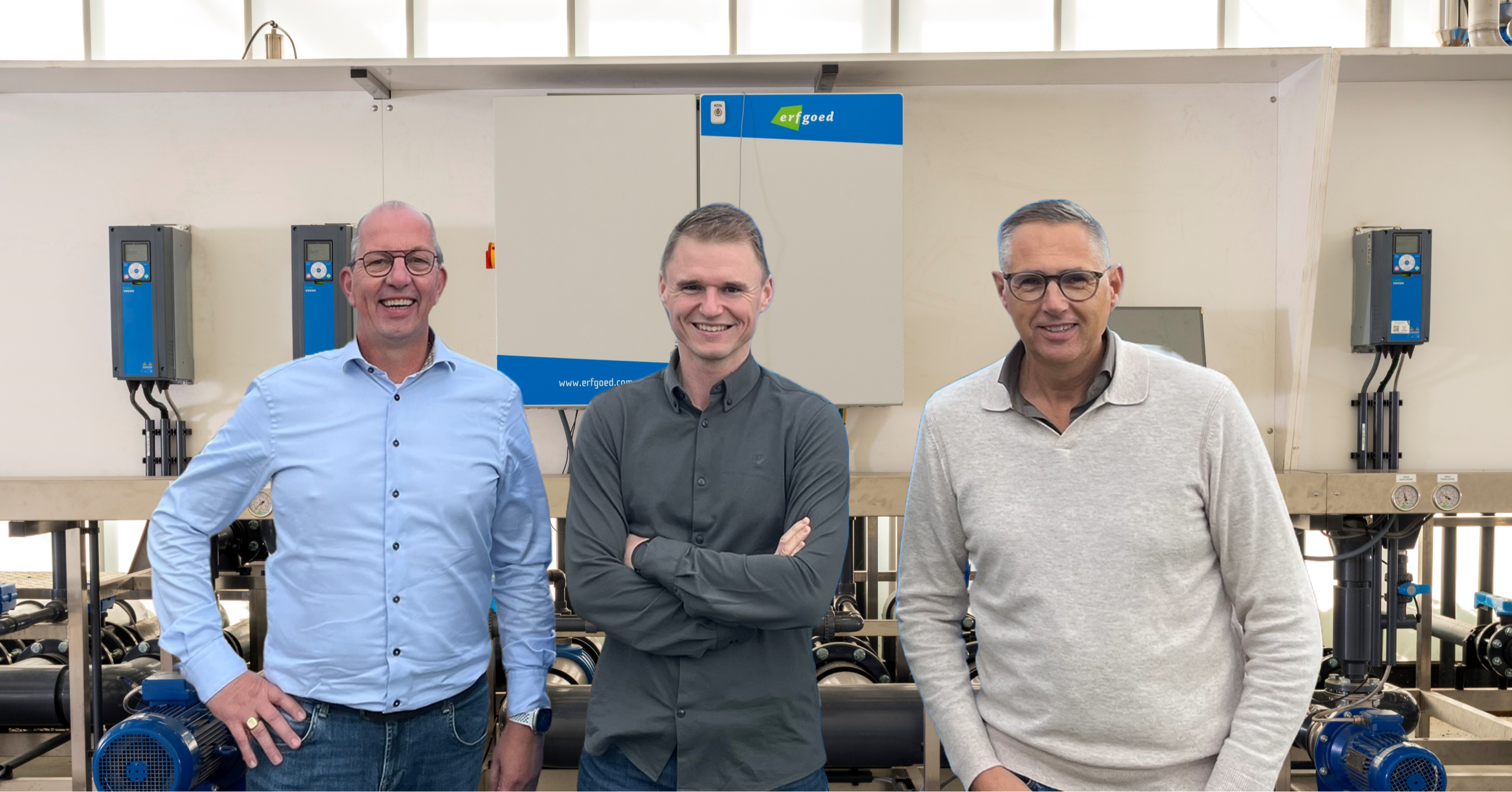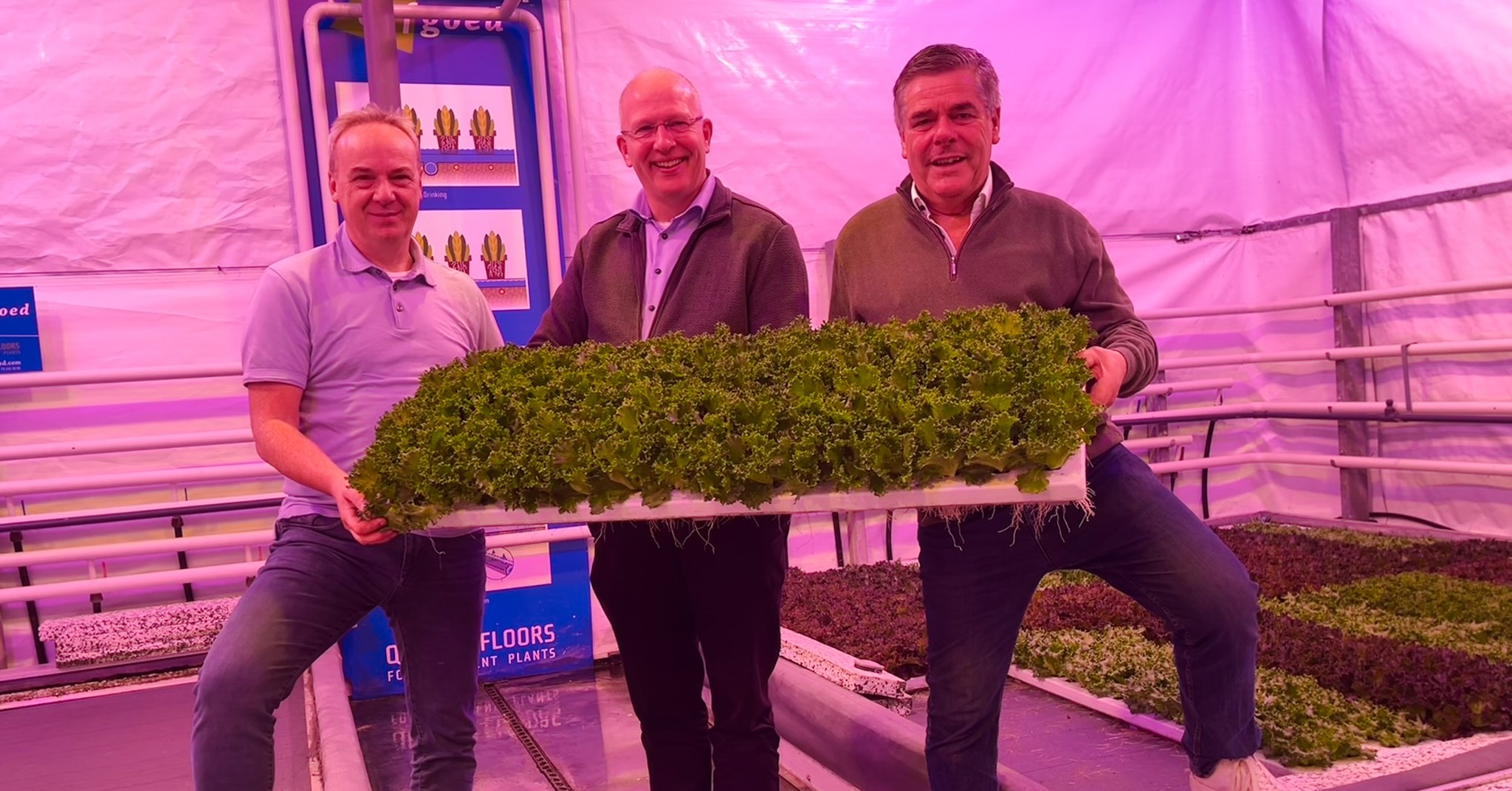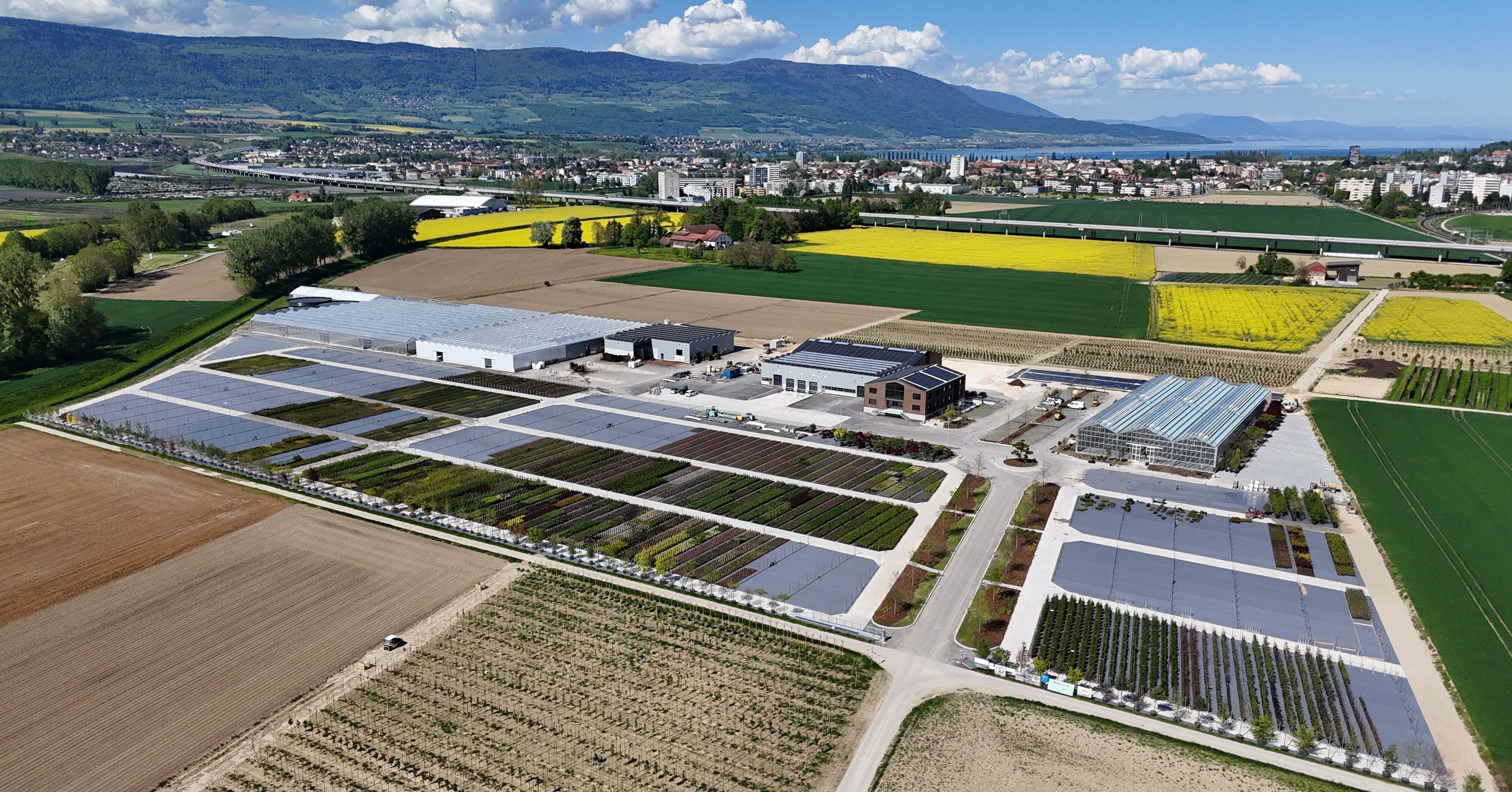- Prefer direct contact? +31 (0)79 593 38 00
- Language: English
How consumer-friendly are we in the ornamental horticulture industry?

How consumer-friendly are we in the ornamental horticulture industry?
Sep 9, 2021 3:01:24 PM
As ErfGoed operates on the international market, it is increasingly obvious to me how different horticulture can be in other countries. Take Canada, for instance. There is an incredible variety of crops on show at nurseries there. Vegetables, trees, pot plants and border plants in all shapes and sizes. And all at the same company. A big difference with horticulture in the Netherlands, where we generally limit ourselves to monocultures.
It is interesting to see where the differences actually stem from, and what we might be able to learn from each other. An important difference, in any case, is that a Dutch grower generally knows a lot about a small range of products (being a real specialist), while a Canadian grower needs to know a little about everything. So it’s no surprise to learn that the Canadians regularly use expertise from the Netherlands.
The highest possible output
In the words of Stan Vander Waal, from Chilliwack, North-American growers are much more focused on sales direct to the consumer, while in the Netherlands the focus is generally on production. Of course, that has a lot to do with the post-war history of the agricultural sector in the Netherlands. Efforts were concentrated – particularly in the food sector – on achieving the highest possible output. There were great shortages in the years following the Second World War. So everything was geared to optimizing yields. And that principle has persisted in the ornamental horticulture industry. Apart from that it does, of course, have everything to do with the ever narrowing margins which make economies of scale more and more important.
Enormous flexibility
Not only in Canada – in France too – growers have to seek their customers themselves. Not infrequently, these are supermarkets and garden centers that favor ‘one-stop shopping’, and so demand that suppliers can supply a little of everything. For many of these growers the enormous flexibility of the ErfGoedFloor is one of the most significant factors for switching to this cultivation system. As Aron Hoff, co-owner of Meyers Fruit Farms in Niagara-on-the-Lake, Ontario, Canada put it: “We discovered that you could grow very different crops on this cultivation floor and use every single pot size. Even the really small ones. That is just ideal for us.”
Quality makes the difference
In addition, the standard of the crop is a decisive factor for these growers. Consumers – and I’m talking about end users here – are becoming ever more critical. They want a nice product that lasts long enough for their purposes. It strikes me that growers abroad seem to be more preoccupied with that sort of thing. Patrick Houdeville, a grower from Bourdainville, France, recently told me: “We mostly supply supermarkets. Customers don’t generally go there to buy plants. So the quality of the product has to be the factor that makes the difference. That’s one way to attract a customer’s attention. That’s why I regularly go shopping with my wife to see what happens, and how people respond to our products. And what we might be able to improve.”
And even in the Netherlands we are increasingly seeing similar initiatives. Dick Eerbeek, for example, of Plantencentrum Eerbeek in Opheusden, earlier this autumn said: “Because we also make retail sales, we get plenty feedback from end users. People tell us how the plants did the year before in their garden or on their balcony. So we really do have an idea of whether or not we’re getting it right.”
As far as I’m concerned this is a significant development that we can all learn something from: put an ear to the ground and listen to end users. Feedback like that can only be good for you.

Hugo Paans
CEO



